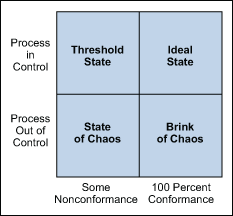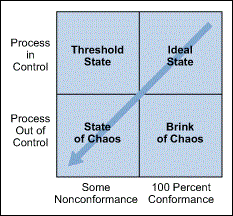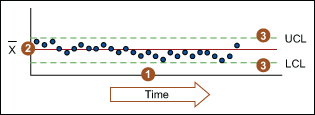The 4 Eras Of Quality Management Management
In today's business environment, quality is the utmost agent of survival assurance in this competitive globalised world. Everyone knows the burden of having to deal with poor quality be it in the form of a subpar performance or substandard products. In an organisational environment, poor quality is exarcebated when the staff are either not used to performing according to established quality standards or underperform on purpose. Definitions of quality abound in academic and corporative circles. The most used ones are:
Conformance to specifications: Measures how well the product or service meets the target and tolerance determined by its designer (Crosby,1979)
Fitness for use: Focuses on how well the product performs its intended function or use (Juran, 1951).
Value for price paid: Is a definition of quality that consumers often use for products or service usefulness (Garvin,1984)
A psychological criterion: Is a subject definition that focuses on the judgmental evaluate on of what constitutes product or service quality (Garvin, 1984).
It becomes clear how quality is linked to how a product or service is judged. To accurate measure quality, judging the features of a product is not enough; the concept of quality has expanded to encompass the work personel, processes, organisational culture and environment behind the design of said prodcu or service. It goes without saying that quality in the manufacturing sector differs from quality in service sector in one basic aspect: a product is something altogether tangible and thus more easy to speak for itself when a transaction with a customer looms, while the service sector is intnagible and therefore business conduction relies more heavily on commercial aspects of the company (e.g.: marketing).
There has been a shift from isolated quality to Total Quality management as the tenets of the new pradigm are entirely different from past management practices. Approaches to quality have followed a trail of refinements over previously held concepts about quality over the last century, with each new approach bringing new discoveries and tools to better translate the concept of quality into the business strategic goals.
The 4 Eras of quality management
The quality management eras provides a basis for an ongoing evolution in quality-oriented management with one school of thought succeding another following the conclusions resulting from practices utilised in the previous era:
1 Quality development through inspection
According to Garvin (1988), the development of quality management started with inspection. The outcome of Industrial Revolution developed specialists who 'inspected' quality in products. Scientific management occurred because of environmental influences providing the basis for the development of quality management inspection.
Executive Summary: focus on Uniformity;base don Industrial revolution; Quality Control in Manufacturing
2 The Statistical Quality Control
In 1931, Walter
A. Shewhart gave quality a scientific footing with the publication of his book
Economic Control of Quality of Manufactured Product. Shewhart was one of a
group of people at Bell Laboratories investigating problems of quality. Statistical
quality control requires that numbers derived from measures of processes
or products be analyzed according to a theory of variation that links outcomes
to uses.
Shewhart's Views of Quality
Shewhart
offered a pragmatic concept of quality: "The measure of quality is a
quantity which may take on different numerical values. In other words, the
measure of quality, no mater what the definition of quality may be, is a
variable". Shewhart's emphasis on measurement in his definition of
quality obviously relates to his prescriptions for statistical quality
control, which requires numbers.
Shewhart
recognized that industrial processes yield data. For example, a process in
which metal is cut
into sheets
yields certain measurements, such as each sheet's length, height and weight.
Shewhart
determined this
data could be analyzed using statistical techniques to see whether a process is
stable and in control, or if it is being affected by special causes that
should be fixed. In doing so, Shewhart laid the foundation for control
charts, a modern-day quality tool.
Shewhart's
concepts are referred to as statistical quality control (SQC). They differ from
product
orientation in
that they make quality relevant not only for the finished product but also for
the process
that created
it.
Executive Summary: Shewhart and his subjective view on quality, statistics
3 The Strategic Quality Management
The present
quality era, Strategic Quality Management, incorporates elements of each of the
preceding eras, particularly the contributions of Shewhart, Deming, Juran,
and Feigenbaum. So many elements of previous eras are incorporated into
Strategic Quality Management that the last two decades may at first appear
to be just a repackaging of old ideas. There are, however, dramatic differences
from earlier eras.
For the first
time, top managers began to view quality positively as a competitive advantage,
and to
address it in
their strategic planning processes, which are focused on customer value.
Because quality
started to attract the attention of top managers, it impacted management
throughout the organization. Quality was not just for the inspectors or
people in the quality assurance department to worry about. This era marks
the emergence of a new paradigm for management. A number of
developments
were brought together and reconfigured into a new approach to management in all
departments and
specialties.
A variety of
external forces brought quality to the attention of top managers. They began to
see a link
between losses
of profitability and poor quality. The forces that brought this connection to
their
attention
included a rising tide of multimillion-dollar product liability suits for
defective products and
constant
pressures from the government on several fronts, including closer policing of
defects, product recalls. Perhaps the most salient external force was the
growing market share incursions from foreign competitors, particularly the
Japanese, in such diverse industries as semiconductors,
automobiles, machine tools, radial tires, and consumer electronics.
Producing
products with superior quality, lower cost, and more reliable delivery,
Japanese firms gained market shares and achieved immense profitability.
The onslaught of these events in the mid-1970s and 1980s seemed rather
sudden, However, Japanese firm had been building their industrial capabilities
for decades, developing and refining approaches to quality grounded in the
principles taught to them by Americans after World War II. Manager and
theorists have been captivated by "Japanese management" over the
last two decades. Indeed, the Strategic Quality Management era borrows a number
of it elements from the developments that quality took place in Japan at
the same time as the quality assurance era in the United States.
Executive summary: The Quality Control Handbook by Juran.
4 Total Quality
Management
Just as the
definition of quality has been a source of confusion, so has the definition of
Total Quality
Management.
There is no consensus on what constitutes TQM. Almost every organization
defines it
differently or
calls it something other than TQM although it is often used to refer to
the management approaches being developed in the current era of Strategic
Quality Management while the new paradigm is emerging. Ideally, managers
in the Strategic Quality Management era regard total Quality management as
something more than a "program," and take it beyond all the
deficiencies mentioned earlier.
In this
context, the word "Total" conveys the idea that all employees,
throughout every function and
level of an
organization, pursue quality. The word "quality" suggests excellence
in every aspect of the
organization.
"Management" refers to the pursuit of quality results through a
quality management
process. This
begins with strategic management processes and extends through product design,
manufacturing,
marketing, finance, and so on. It encompasses, yet goes beyond, all of the
earlier
definitions of
quality by puling them together into a never-ending process of improvement.
Accordingly,
TQM is as much about the quality process as it is about quality results or
quality products.
Executive Summary: Strategic Planning, goal setting, staff training, IT introduction.
References:
https://de.wikipedia.org/wiki/Total-Quality-Management
http://www.ukessays.com/essays/management/the-4-eras-of-quality-management-management-essay.php



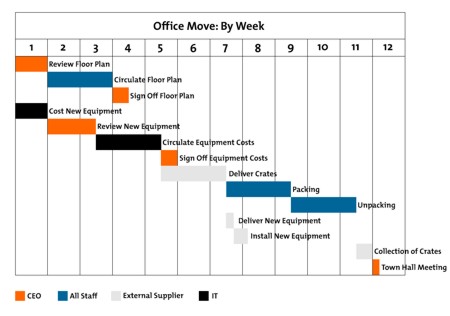
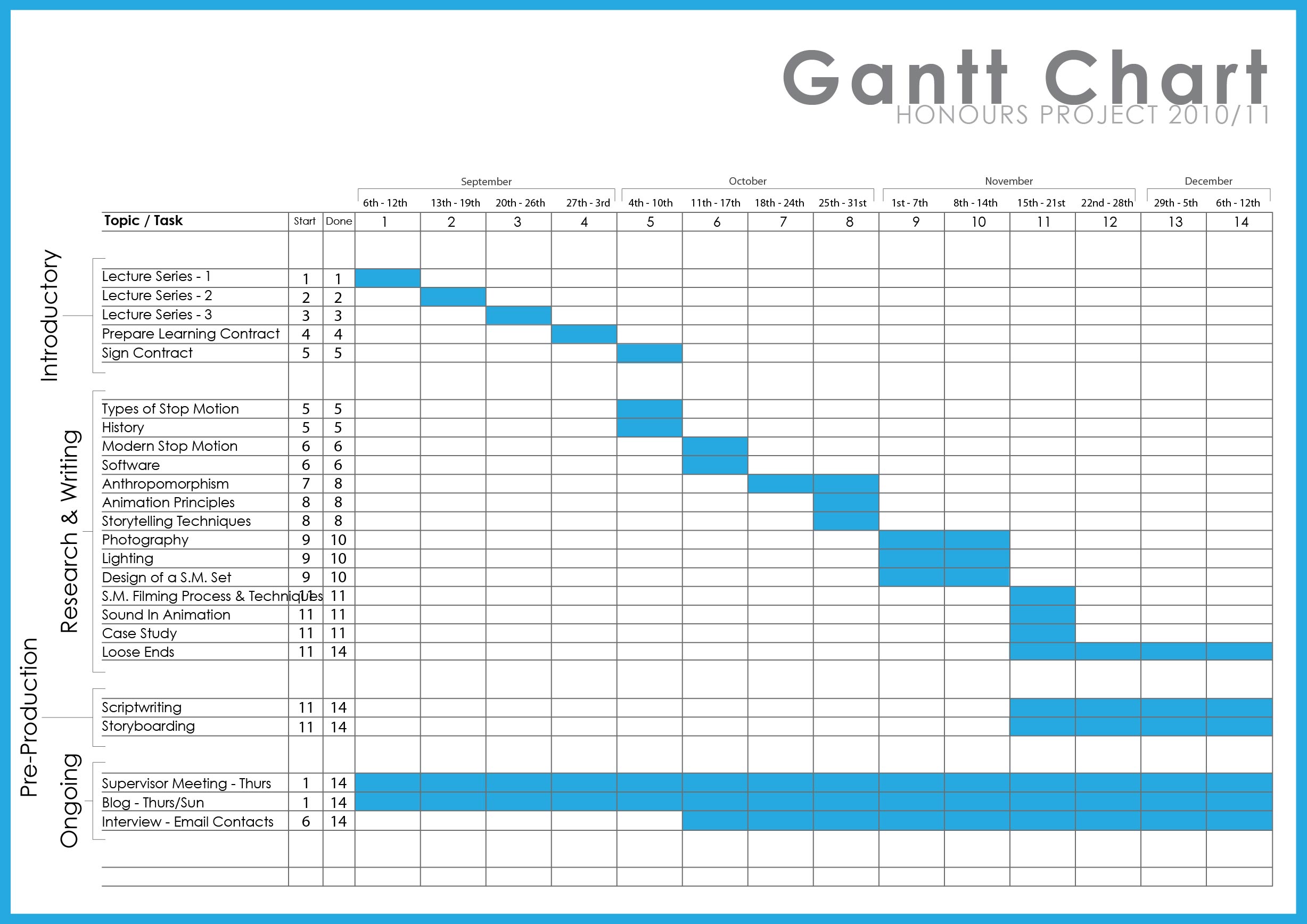



 Direction of flow from one step or decision to another.
Direction of flow from one step or decision to another. Decision based on a question. The question is written in the diamond.
More than one arrow goes out of the diamond, each one showing
the direction the process takes for a given answer to the question.
(Often the answers are “ yes” and “ no.”)
Decision based on a question. The question is written in the diamond.
More than one arrow goes out of the diamond, each one showing
the direction the process takes for a given answer to the question.
(Often the answers are “ yes” and “ no.”) Delay or wait
Delay or wait  Link to another page or another flowchart. The same symbol on the other page indicates that the flow continues there.
Link to another page or another flowchart. The same symbol on the other page indicates that the flow continues there. Input or output
Input or output
 Document
Document Alternate symbols for start and end points
Alternate symbols for start and end points